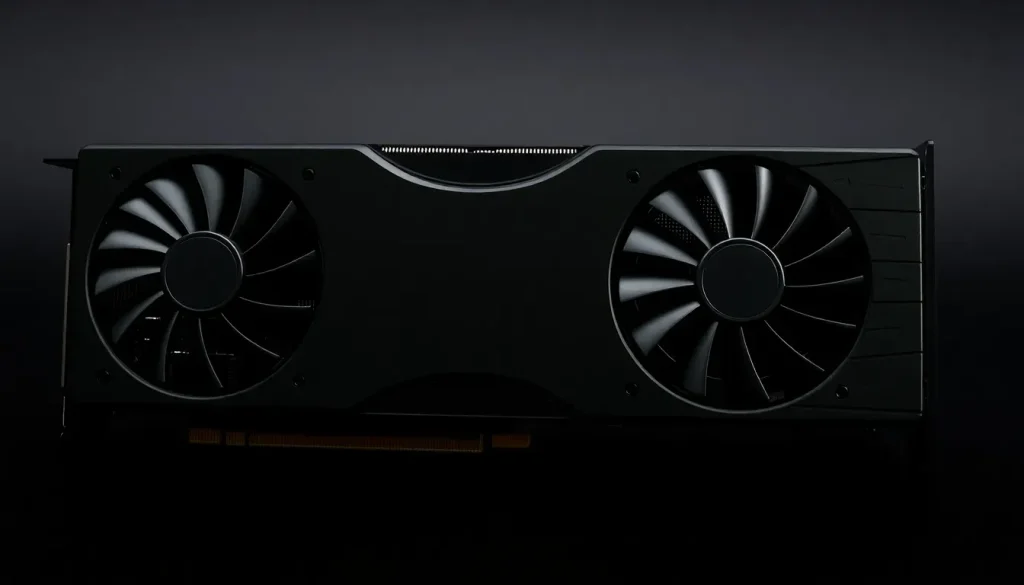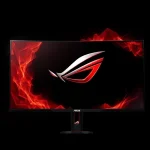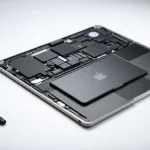NVIDIA Prepares Next-Gen GPUs and Nova Driver Transition

As technology continues to advance, the graphics processing unit (GPU) landscape is evolving rapidly. NVIDIA, a leader in this field, is preparing for a significant transition with its upcoming GPU architectures. This change is not just a minor update; it signifies a shift in how these powerful chips will function and be identified. Understanding this transition can help enthusiasts and developers alike anticipate the future of GPU performance and capabilities.
NVIDIA's Transition to Boot42: A New Era for Next-Gen GPUs
NVIDIA is known for its innovative approach to GPU architecture, but recent developments indicate that the company is preparing to phase out its traditional Boot0 system in favor of the new Boot42 identification method. This shift is highlighted in the latest patches for the Nova graphics drivers, which are set to support next-generation GPUs.
Traditionally, NVIDIA has relied on architecture identifiers like Boot0 for its GPUs, particularly those in the Blackwell series. However, the introduction of Boot42 marks a notable departure from this practice. This change is not merely cosmetic; it points to a fundamental evolution in how NVIDIA will manage and identify its GPUs going forward.
According to Phoronix, NVIDIA has begun to submit new open-source patches for the Nova Driver. These updates clearly indicate a transition away from Boot0 towards Boot42, particularly for the upcoming Rubin architecture, which is designed for server-grade applications.
Understanding the Significance of Boot42
The move to Boot42 is significant for several reasons:
- Enhanced Compatibility: Boot42 is designed to simplify the process of detecting GPU logic, making it easier for drivers to interact with future hardware.
- Cleaner Codebase: The transition will remove redundant lines of code, resulting in a more efficient and maintainable system.
- Future-Proofing: By adopting Boot42, NVIDIA is preparing its architecture for upcoming advancements, ensuring that it remains competitive as technology evolves.
The release notes from NVIDIA's engineering team highlight that the old NV_PMC_BOOT0 register will be replaced with NV_PMC_BOOT_42. This change not only reflects a modernization of their coding practices but also addresses long-standing criticisms regarding NVIDIA's commitment to open-source development.
"NVIDIA GPUs are moving away from using NV_PMC_BOOT_0 to contain architecture and revision details, and will instead use NV_PMC_BOOT_42 in the future. NV_PMC_BOOT_0 will be zeroed out."
The Impact on Future GPU Architectures
As NVIDIA gears up for the Rubin series, the implications of transitioning to Boot42 extend beyond just the drivers. This transition is part of a broader strategy to align their hardware with the needs of modern computing environments. The Rubin architecture is expected to leverage advanced technologies, including:
- AI and Machine Learning: With the growing demand for AI processing, the Rubin series will likely incorporate features tailored for these applications.
- Improved Cooling Solutions: Innovations such as microchannel cover plates are being explored to enhance thermal management in high-performance environments.
- Increased Efficiency: The transition to Boot42 supports a more efficient architecture, allowing for better power management and performance optimization.
Recent reports indicate that NVIDIA is aiming for volume production of the Rubin GPUs by the second half of 2026, signaling a serious commitment to bringing these advancements to market.
Engagement with the Open-Source Community
This transition also reflects NVIDIA's efforts to engage more meaningfully with the open-source community. By developing the Nova Driver in Rust, a modern programming language known for its performance and safety, NVIDIA is demonstrating a willingness to adapt to the evolving software landscape. This is particularly important as more developers seek to contribute to open-source projects and require robust, well-documented frameworks.
Such engagement can have several benefits, including:
- Collaborative Development: By inviting contributions from the community, NVIDIA can leverage a broader range of expertise and ideas.
- Faster Innovation Cycles: Open-source development can accelerate the pace of innovation, as projects are often able to evolve more quickly with external input.
- Increased Adoption: As developers become more involved, the likelihood of widespread adoption of NVIDIA technologies in various applications increases.
Conclusion: Looking Ahead to the Future of NVIDIA GPUs
As NVIDIA prepares for the launch of its next-generation GPUs, the transition from Boot0 to Boot42 represents a pivotal moment for the company. This strategic shift not only enhances the technical capabilities of their products but also aligns with industry trends towards more open and collaborative development practices.
For those interested in the future of graphics technology, NVIDIA's roadmap promises exciting developments that will impact a wide range of applications, from gaming to AI processing. As the company makes strides towards the Rubin architecture, it will be fascinating to see how these changes unfold and shape the landscape of GPU technology.
For more insights into these developments, check out this informative video:




Leave a Reply